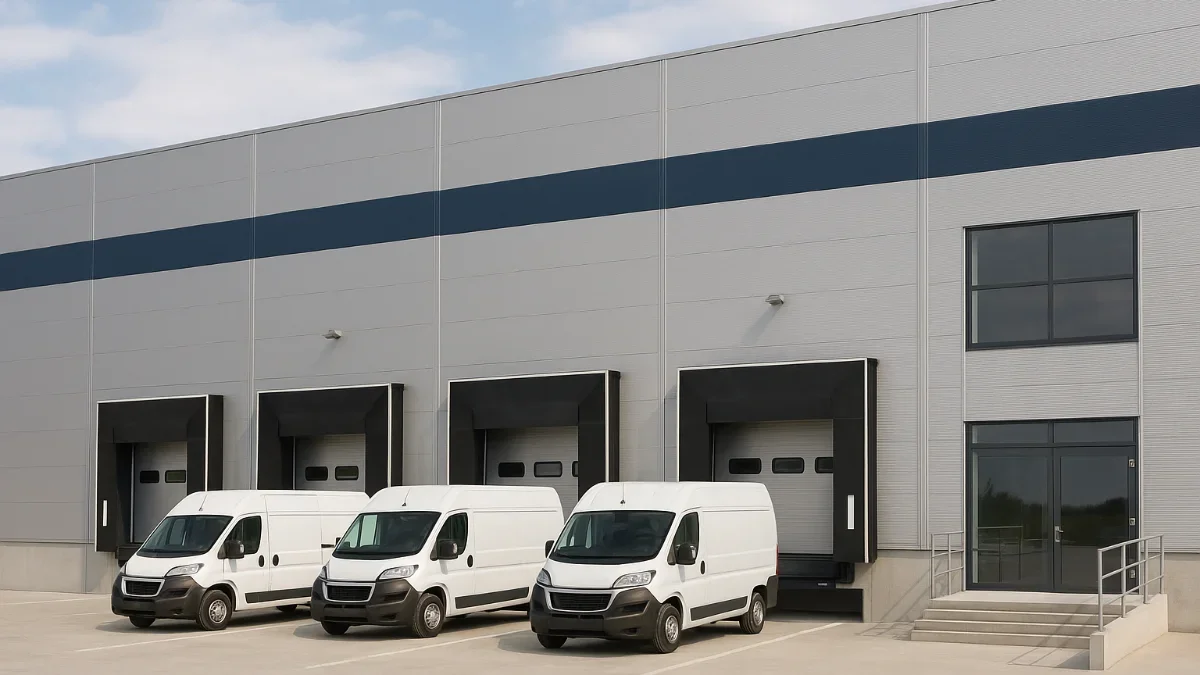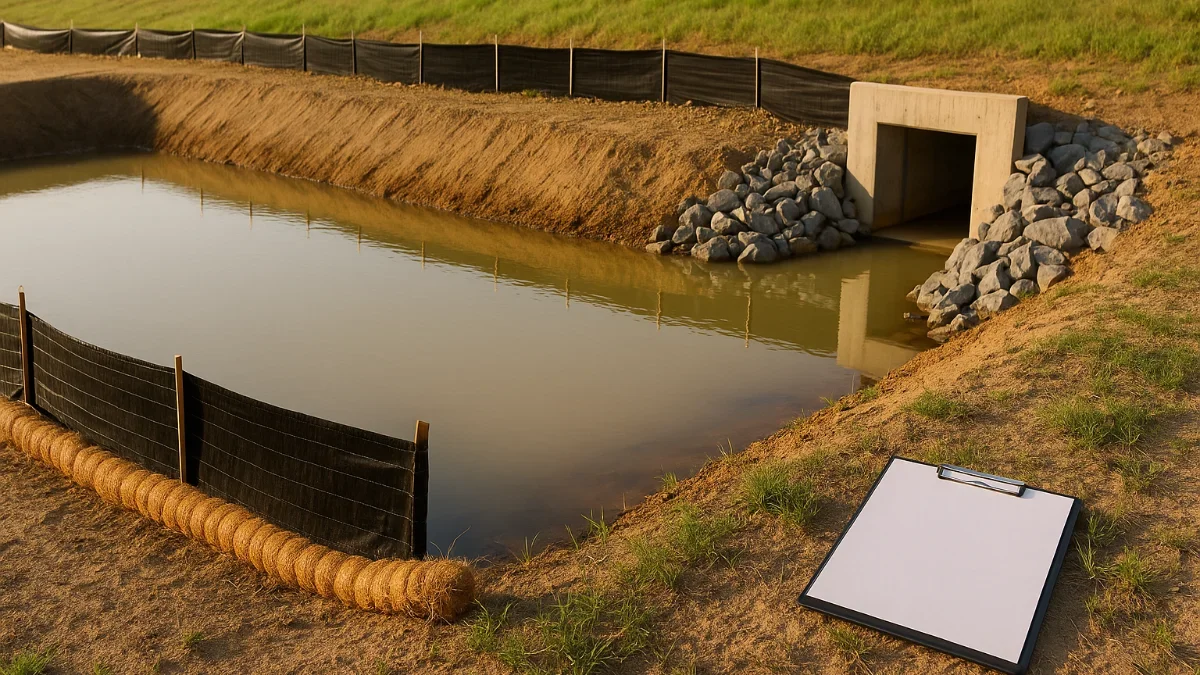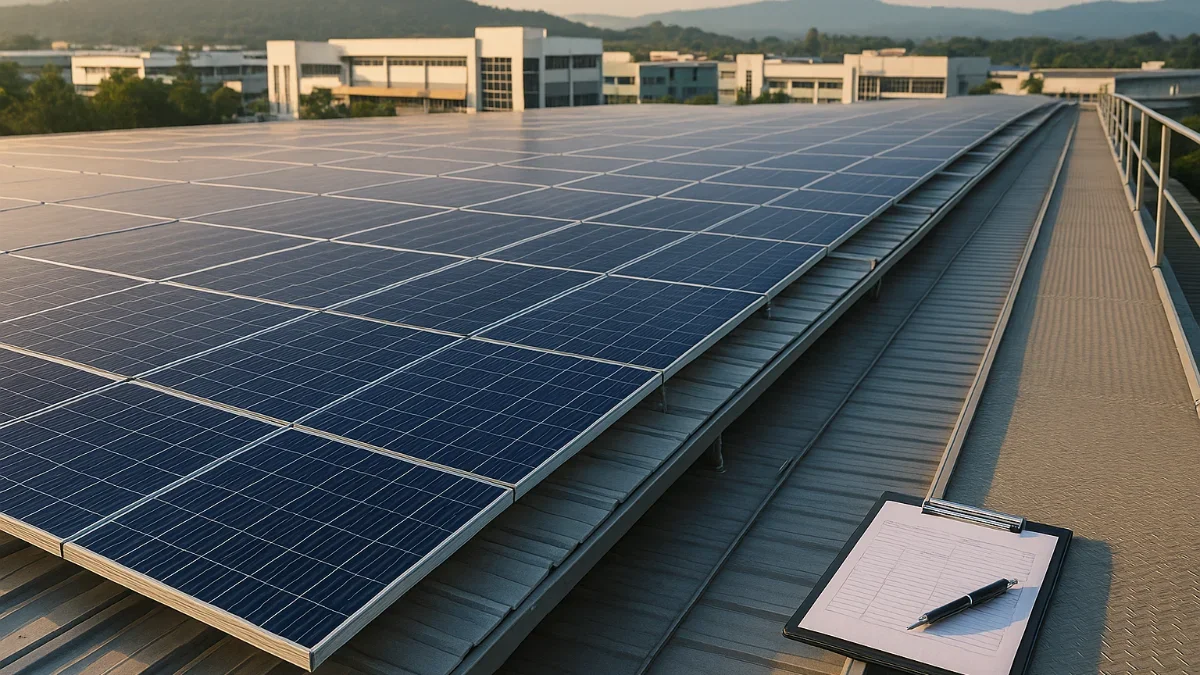The surge in e-commerce is reshaping Malaysia’s logistics landscape. This blog explores the growing demand for last-mile distribution warehouses near major cities, and how businesses are adapting to fast delivery expectations.
Introduction
As e-commerce continues to thrive in Malaysia, the need for efficient, city-edge logistics infrastructure has never been greater. Consumers now expect same-day or next-day delivery, and that has pushed businesses to re-evaluate their warehouse strategies. Enter the last-mile distribution warehouse — a key component of modern urban logistics.
This blog explores how and why last-mile warehousing is reshaping Malaysia’s industrial property landscape.
1. What is a Last-Mile Warehouse?
A last-mile warehouse is a small to mid-sized logistics facility strategically located near city centers. Its main purpose is to store goods closer to the end customer to enable faster, localized delivery.
These facilities often serve:
-
E-commerce fulfillment
-
Grocery and cold-chain delivery
-
Parcel distribution networks
-
Third-party logistics (3PL) providers
2. Why Demand is Booming in Malaysia
Key Drivers:
-
E-commerce growth: Online shopping penetration continues to rise
-
Customer expectations: Same-day delivery is the new standard
-
Urban population density: Large cities like KL, JB, and Penang require high-frequency logistics
-
Traffic & delivery efficiency: Shorter distances reduce cost and time
3. Hotspots for Last-Mile Warehousing in Malaysia
a. Klang Valley (Selangor & Kuala Lumpur)
-
Shah Alam, Puchong, Subang, and Bukit Raja are preferred due to connectivity and population density.
-
Close to major highways like NKVE, KESAS, and LDP.
-
Demand from Shopee, Lazada, J&T, Ninja Van, and more.
b. Johor (JB, Iskandar)
-
Serves Singapore overflow and Johor’s urban population.
-
Strategic areas: Senai, Tebrau, and Nusajaya.
c. Penang
-
Fulfillment hubs in Bayan Lepas, Perai, and Bukit Minyak are in demand.
-
Proximity to port and airport infrastructure boosts logistics performance.
4. Key Features of Last-Mile Warehouses
Modern last-mile warehouses typically offer:
-
Smaller built-up (20,000–80,000 sqft) for flexibility
-
Loading bays suitable for vans and lorries
-
Efficient racking height (7m–9m)
-
Proximity to highways and residential zones
-
Some with cold storage or automation capabilities
5. Challenges & Considerations
Limitations:
-
Land scarcity near urban zones
-
Higher rental per sq ft vs. larger outskirts warehouses
-
Zoning restrictions in city areas
Tip: Businesses must balance speed of delivery with operational cost when choosing a location.
Conclusion
The rise of last-mile distribution warehouses is a natural response to Malaysia’s digital economy. As online retail grows, so too will the need for faster and more efficient fulfillment infrastructure. For e-commerce businesses, logistics companies, and retailers, investing in or leasing last-mile space is no longer optional—it’s strategic.
At Terra Group, we offer listings for last-mile-ready warehouses in key cities across Malaysia.
Browse urban warehouse listings now at terragroup.my
Contact us Call Kenneth 017-380 9993 Or WhatsApp our team directly for the latest availability



